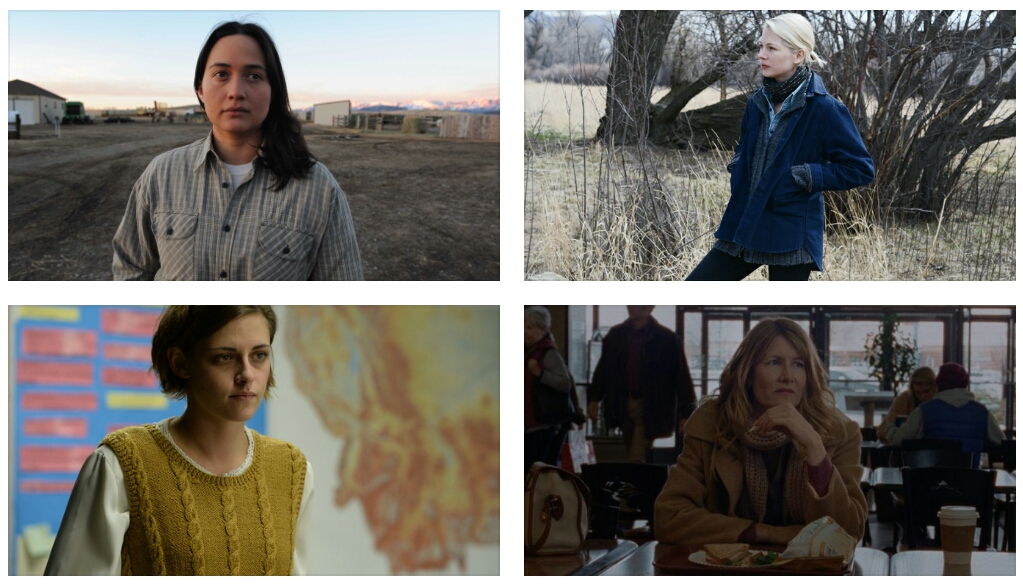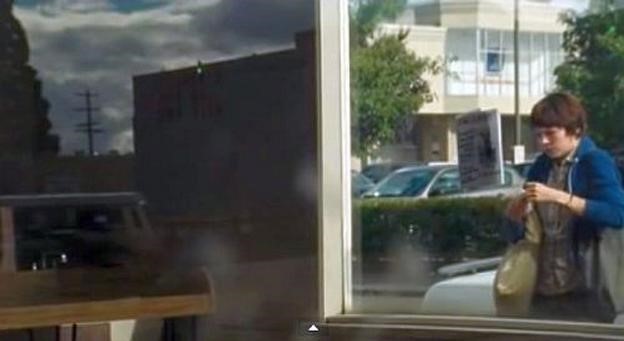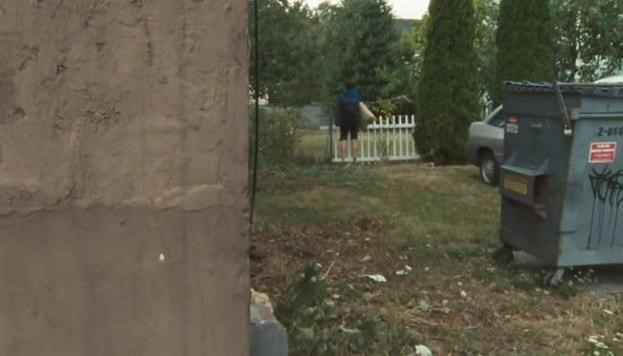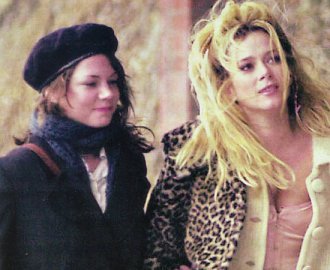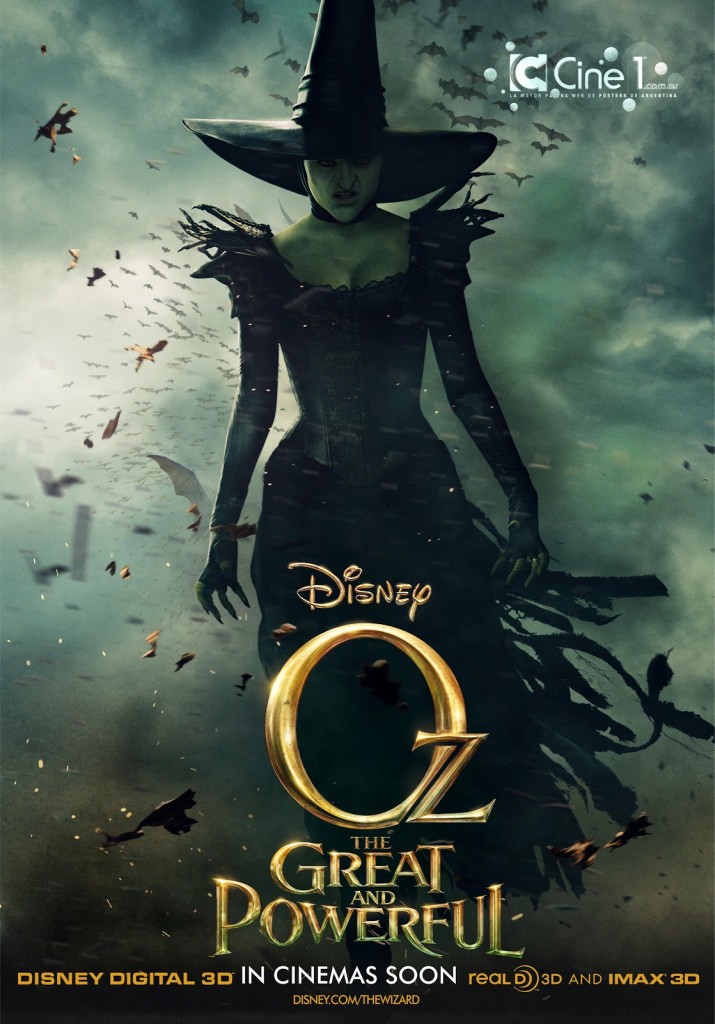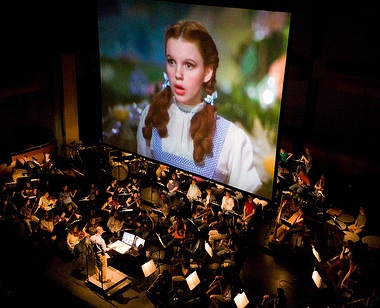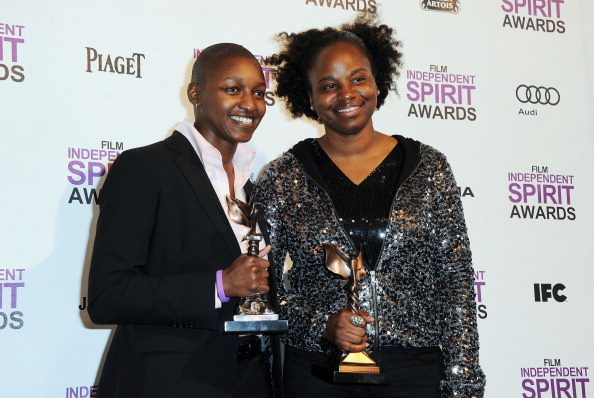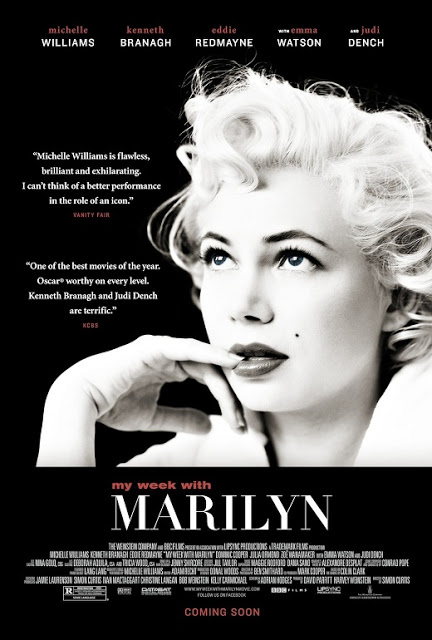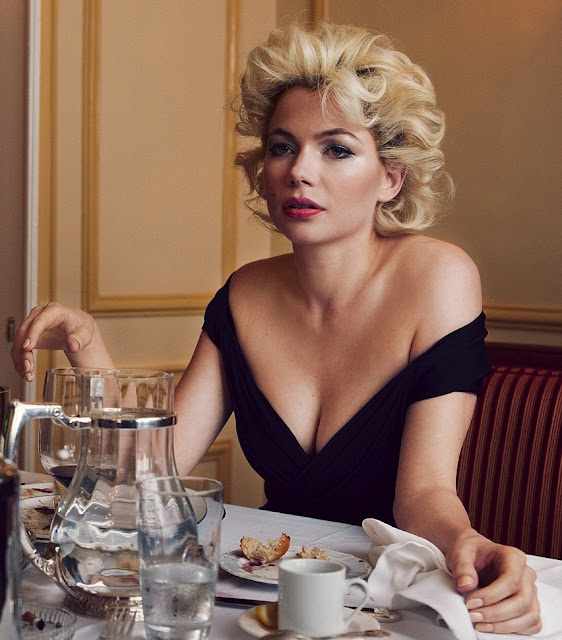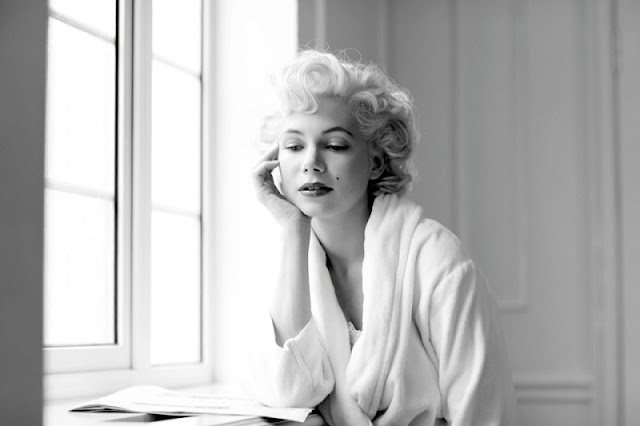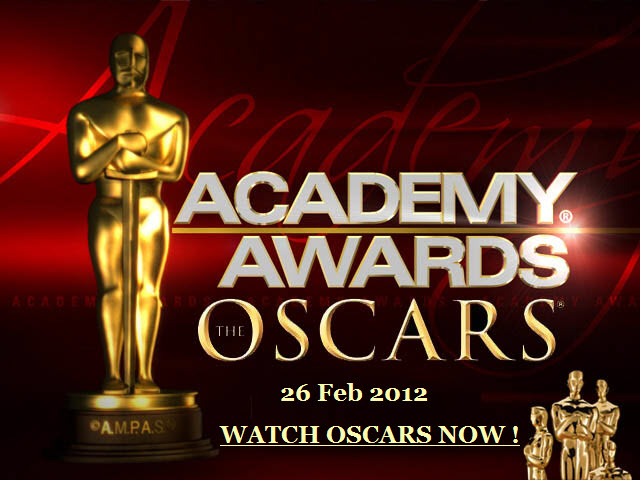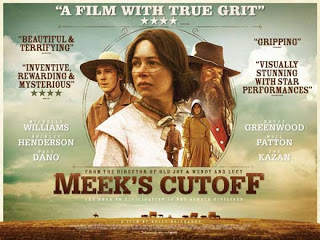This guest post is written by Deborah Krieger. | Spoilers ahead.
Perhaps 6:30 in the morning is not the best time to take in a film that begins with such a long, gentle shot of a train in the misty Montana morning, but that early hour is when the Vienna Film Festival chose to show it, on the final day of its screening schedule. In a way, Certain Women is an extension of said shot — picturesque, poetic, more than a little “blue,” so to speak — but once the action, as subtle and understated as it is, begins, it’s hard to not get invested in what might be accurately called Emotional Labor: The Movie.
Certain Women, directed by Kelly Reichardt and adapted from Maile Meloy’s short story collection Both Ways Is the Way I Want It, tells the stories of four women (Laura Dern, Michelle Williams, Lily Gladstone, and Kristen Stewart) in three loosely connected vignettes. While the women come largely from different backgrounds and have different jobs and relationships to their patch of Montana, their stories are united by the emotional and under-recognized work they perform for the others in their communities; hence my (joking) alternate title for this film.
What makes this film memorable is the juxtaposition of tension and understatement, of rising action undercut by mundanity. I kept waiting for something to “happen” — that is, for something to go the way of many feature films and turn bombastic and dramatic for its own sake, regardless of how well such a tendency fits within the style of this particular movie.
In the first segment of the film, Laura Dern’s character (also named Laura), is a lawyer whose client Fuller (Jared Harris), injured in a work-related accident and disgruntled with the useless settlement he received, breaks into his former workplace and takes a security guard hostage with a shotgun. Laura gets the call in the middle of the night, and is sent into the building by the police, with a bulletproof vest hidden under a stylish, simple coat, to coax Fuller into surrendering himself without any violence. As this particular scene unfolded, it must have been all of the conventional dramas and action movies I watched signaling to me that someone was going to die — or at the very least, get shot — but Certain Women, wisely, is not that kind of film. The emphasis in Laura’s story begins and ends with the work, both in the legal and quasi-therapeutic sense, that she must repeatedly do to help Fuller, even though he has no hope of suing the company whose neglect ruined his life.
Likewise, in the segment centering on Michelle Williams’ character, Williams plays Gina, who with her husband Ryan (James Le Gros) and daughter Guthrie (Sara Rodier) is looking to build a new home in the Montana countryside. Yet Gina finds that she must be the one to do the dirty work in this business of moving her family into this new life and getting this house constructed: her husband is all too happy to let Gina be “the bad guy,” as she puts it, where Guthrie is concerned; similarly, Ryan is also happy to let Gina do the work of acquiring building materials for their house from an older gentleman (René Auberjonois) in the area, even though said older man insists on talking to Ryan instead of dealing with her directly. In both scenarios, it is clear that Ryan (whom we meet by dint of his having an affair with Laura in the previous segment) is satisfied letting Gina take charge and do the necessary dirty work while he skims the surface — but is it because Gina wants to take charge, or because she feels she must in order to get things done? Like the segment about Laura, I kept waiting for some kind of climax, of some kind of apotheosis where Gina would finally let loose and dare to show a little emotion in the face of her husband’s passivity and her daughter’s petulance, but once again, Certain Women sticks to what is ultimately more realistic — with buried passive-aggression replacing a more fictional-seeming outburst, which is to its credit.
The final segment, which stars Lily Gladstone as Jamie, a ranch hand and a queer Native American woman, and Kristen Stewart, a freshly-minted lawyer named Beth, deals with this idea of labor in more subdued and ultimately more heart-wrenching ways. We meet Jamie moving through the slog of her routine handling horses on a snow-strewn farm; when she accidentally walks into a community college class on education law taught by Beth, Jamie instantly develops what is perhaps the most accurate depiction of a one-sided crush I have ever seen on film. As Jamie invites Beth to dinner after class several times and is content to just smile at her and talk with her sparingly, basking in the warmth of these new feelings, Beth — and the audience — grow increasingly more uncomfortable on both of their behalf. After an almost adorable sequence in which Jamie takes Beth to an after-class dinner on one of the ranch’s horses, Beth stops coming to teach the class — but is it because the class required an eight-hour round-trip and wasn’t even Beth’s real job? Or because Jamie’s obvious but unspoken affection made Beth uneasy? Or both?
Following Jamie’s discovery of Beth’s absence, she drives the four hours to Beth’s town to try and find her — a move that comes off as both sadly creepy and totally understandable. When you develop feelings for someone, you tend to magnify the smaller gestures and minimize the larger ones: a simple dinner at a diner becomes incredibly significant in the narrative of your “love story,” while the inadvisable move of tracking down someone you don’t really know, uninvited, in a town four hours away, seems like less of a bigger deal than it actually is. The scene in which Jamie finally finds Beth, who is unable to return Jamie’s affections, was so recognizable in its use of awkward, potent pauses and shades of things left unsaid that I wanted to sink through the floor with secondhand embarrassment. Yet the theme of labor still holds, as both Jamie and Beth curtail their actions and thoughts — Jamie hoping to not scare Beth, and Beth wanting to let Jamie down as carefully and painlessly as possible. It’s also notable, and refreshing, that this film doesn’t make a big deal out of Jamie’s same-sex crush on Beth — it’s treated with the same gentleness and empathy that a heterosexual romance with all the same trappings would have been given.
The cinematography, by Christopher Blauvelt, is pure loveliness, making rural Montana both desolate and alluring, and the four central performances are all fantastic. In a story about women, the male characters do fall short, especially, sadly, with Fuller’s narrative. Jared Harris is unfortunately miscast in this salt-of-the-earth American blue-collar role, as his accent (Harris hails from London) is all over the place, and is just not as convincing as Laura Dern, especially in the scenes where they play opposite one another. Similarly, James Le Gros does not manage to convey what would make two vastly different women find Ryan so appealing — but perhaps that is intentional.
Certain Women belongs to the four women at its core: Laura Dern’s fragile, exhausted stoicism, Michelle William’s neutrality laced with sharp edges, Lily Gladstone’s quietly powerful grasp of the feeling of new love, and Kristen Stewart’s almost-sweet awkwardness, are what make Certain Women worth the trip.
See also at Bitch Flicks:
The Women of the New York Film Festival 2016
Deborah Krieger is a senior at Swarthmore College, studying art history, film and media studies, and German. She has written for Hyperallergic, Hooligan Magazine, the Northwestern Art Review, The Stake, and Title Magazine. She also runs her own art blog, I On the Arts, and curates her life in pictures @Debonthearts on Instagram.
